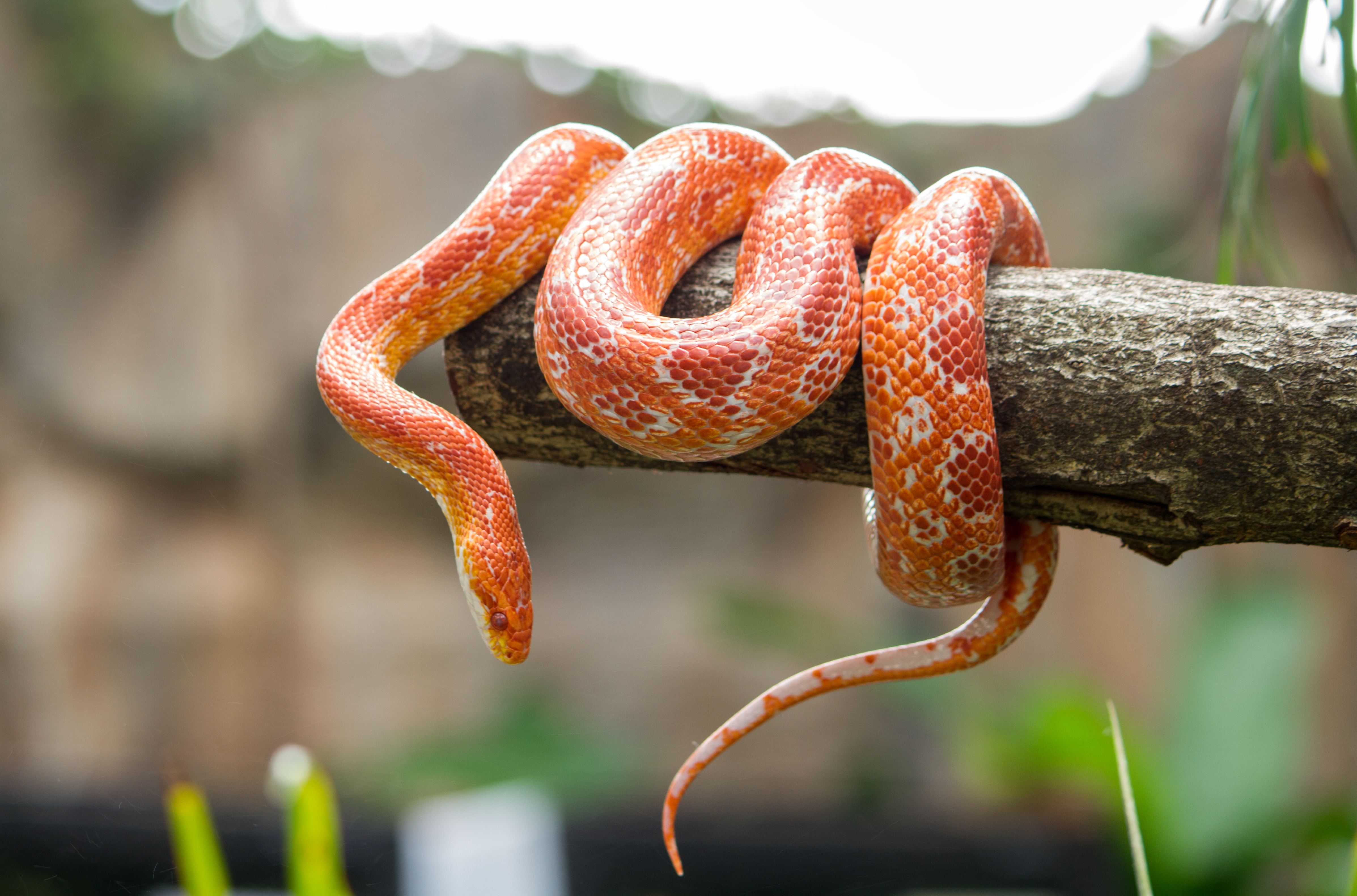The phobia of snakes results in panic and uncontrollable fear at the mere mention of these reptiles. Like any phobia, it can be the cause of anxiety disorders and complicate the daily lives of people who suffer from it. However, she is often taken lightly by those around her., which places reactions under the sign of caprice or immaturity. How do we know if we really suffer from it? What are the solutions for overcoming it – or at least mitigating its impact?
–
What is ophiophobia?
Ophiophobia is one of the most common phobias, categorized as zoophobia (phobias related to animals). from ancient greek ophis which means “snake” and phobia which means “fear”, it designates snake phobia.
–
As mentioned above, it is characterized by an irrational – and therefore insurmountable – fear of snakes. Anxiety can be triggered just by seeing a figurine, a photograph, or even reading the word. It is often associated with herpetophobia, the panic fear of reptiles of all kinds: crocodiles, iguanas, turtles, chameleons, etc.).
–
Why are people afraid of snakes?
Concretely, ophiophobes fear bites disproportionately, but also the risk of suffocation, or the fact of being swallowed alive. they are afraid of suffering a mortal attack.
–
According to some historians and anthropologists, this phobia could be inscribed in the traumatic memory of men since prehistoric times. Throughout Evolution, Man would thus have learned to be wary of these dangerous reptiles, due to their potentially fatal bites. He would have developed a very ingrained survival instinct, which still persists today. This is called the Snake Detection Theory popularized in 2006 by ethnologist Lynne A. Esbell, who suggested that primate brains evolved so that they have the innate ability to visually spot snakes and their unique characteristics.
–
But this phenomenon can mainly be explained by a past traumatic experience, experienced in childhood or adulthood (a snakebite, a difficult situation in the presence of a snake, comments heard about the dangerousness of snakes, etc.).
–
Not to mention that snakes, like other predators, suffer from a rather bad reputation. Literature, cinema and popular culture rarely praise it, one thinks for example of the tempting serpent ofAdam and Eve in Kaa in the Jungle Book, de Rudyard Kipling, to the serpent of Little Prince, Antoine de Saint-Exupéry, etc. So many references that fuel hostility towards these crawling animals.
–
Snake phobia: what signs should alert?
Who wants to is not phobic. It’s necessary distinguish suffered ophiophobia from the “simple” fear of snakes. Several attitudes can make the difference:
–
- the fear of coming face to face with a snake and suffering a fatal attack;
- the impossibility of going to places where you can come across snakes (zoos or vivariums, for example);
- the impossibility of reading a book or hearing a story mentioning a snake;
- the impossibility of looking at photos or films featuring a snake;
- the recurrent occurrence of nightmares involving these hissing reptiles;
- etc.
–
True ophiophobes have no control over their feelings. When they are confronted with the object of their dread, they may burst into tears for fear of dying. But they can also manifest themselves through other typical symptoms of phobias:
–
- nausea ;
- heart palpitation;
- tremors;
- excessive sweating;
- dizziness or even fainting.
–
As with arachnophobia, coulrophobia or trypophobia, the management of ophiophobia most often involves psychotherapeutic work (psychoanalysis or behavioral and cognitive therapy, for example). Objective: go back to the origins of this irrational fear and gradually expose yourself to the object of the phobia, to regain control.
–
The breathing techniques, relaxation and positive projection have also proven themselves.
–
Finally, if the phobia turns out to be too devouring, certain anti-anxiety medications may be prescribed to manage anxiety attacks.
—

